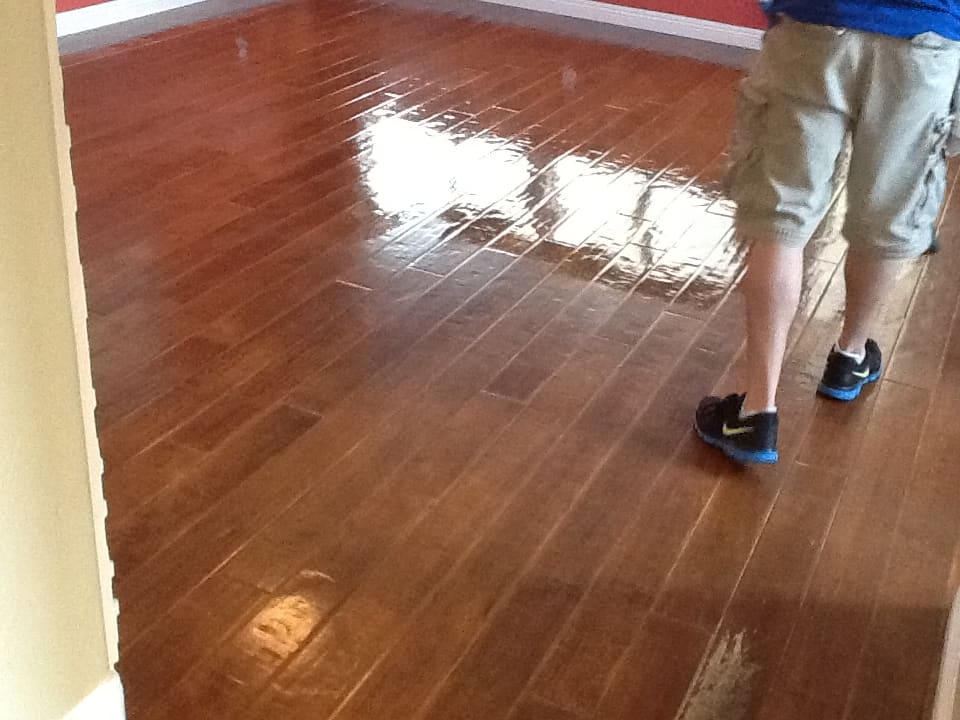Determining The Finish On Wood Floors
Before attempting to clean or restore your wood floor finish, it’s critical to first understand the type of finish in question. Failure to do so may result in your efforts being futile. This write-up aims to assist in identifying the finish used on wood floors for appropriate cleaning methods. While many floors utilize a polyurethane finish, some finishes are firmer than polyurethane and restorative treatments may not stick well to them. Conversely, other finishes may not be as sturdy, necessitating specialized care.
The easiest way to test a floor finish is to run your hand along the surface of the floor. If you can feel the graininess and texture of the wood, the floor probably has a coating of penetrating oil and — perhaps — wax. Test for wax by rubbing an out-of-the-way floorboard with the edge of a coin and looking for telltale wax buildup on the coin. Rubbing the spot with a rag moistened with minerals spirits and looking for discoloration on the rag is another way to test for wax. If the floor has a wax finish, you’ll have to strip the wax before you can restore the finish.
Floors in older houses that have not been remodeled since the mid-1960’s may be finished with shellac or varnish rather than polyurethane.
Here’s how to tell:
1. Scratch the surface of the floor in an inconspicuous place with a dime. If the finish flakes, it’s probably shellac or varnish.
2. Sprinkle a few drops of water on the floor in an inconspicuous place. Wait ten minutes. If white spots appear, there is wax on the floor. (You can remove the spots by buffing with some fresh paste wax.)
3. If the finish neither flakes nor spots, the floor is coated with polyurethane.

Picture of a wood floor with a finish that was just cleaned
.png)